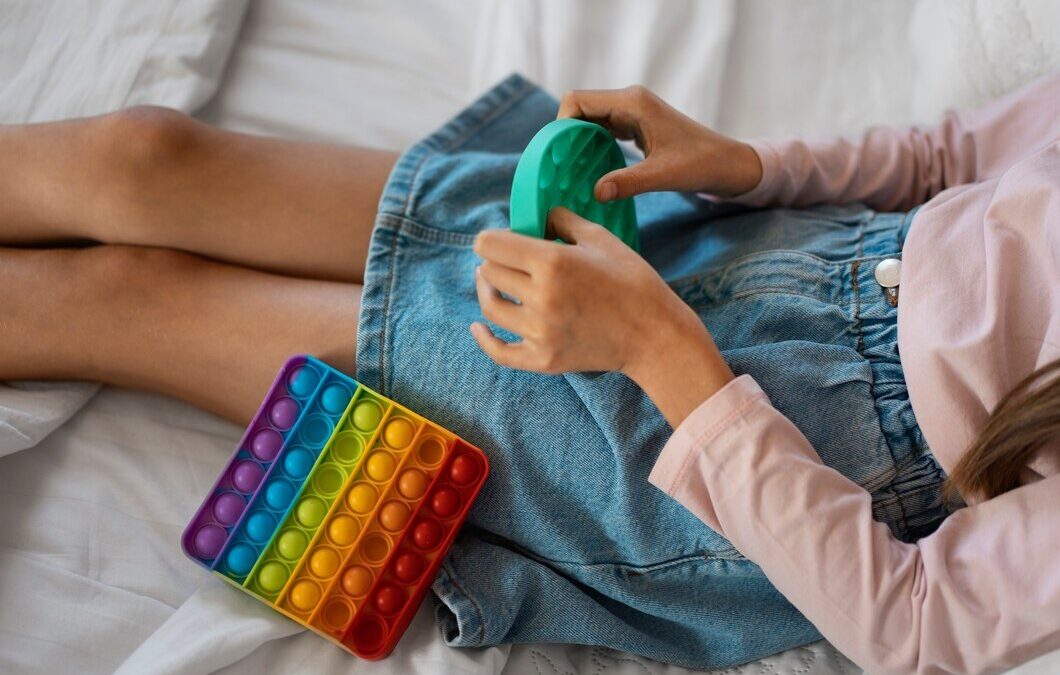Creating a sensory-friendly home environment is crucial for children with autism, but many parents worry about the costs associated with occupational therapy tools. Fortunately, with some creativity and resourcefulness, it’s possible to set up an effective, supportive space without overspending.
This article explores some of the best budget-friendly sensory tools for autism, offering practical advice for parents and caregivers.
Understanding Sensory Needs
Children with autism often experience sensory processing challenges, making them more sensitive to their environment. A well-designed sensory space can provide comfort, improve coping skills, and promote developmental progress. Before diving into the tools, it’s essential to understand your child’s specific sensory preferences and needs.
Consulting to a specialised occupational therapist for autism can help you to figure out which tools are suitable for your child.
Affordable Sensory Solutions
- DIY Sensory Boards: Utilise everyday items like fabrics, buttons, and zippers to create tactile exploration boards. This activity not only stimulates the sense of touch but also supports fine motor development.
- Homemade Sensory Bins: Fill containers with rice, beans, or pasta for a simple yet effective sensory bin. Adding small toys or objects can turn this into a fun discovery box that engages various senses.
- Water Play: A basin of water, along with cups and pourable containers, can provide hours of soothing sensory play. Water play encourages exploration and can be easily adapted to include different temperatures or textures.
- Visual Sensory Bottles: Fill clear bottles with water, food colouring, glitter, and small items to create fascinating visual stimuli. These are perfect for calming moments and are customizable to your child’s interests.
- Budget-Friendly Sensory Tools for Autism: There are affordable options available that specifically cater to sensory needs. Look for items like textured squeeze balls, stretchy bands, and soft weighted blankets that can be bought without stretching your budget.
Creating a Sensory-Safe Zone
Designate a specific area in your home as a sensory-safe zone. This doesn’t have to be large; even a small corner can be transformed with a bean bag, some soft lighting, and a few of your DIY or budget-friendly sensory tools. The key is to create a space that your child can retreat to when feeling overwhelmed or in need of sensory input.
Engaging the Senses Without Overwhelming
Balance is crucial when introducing sensory tools and activities. Observe your child’s reactions to ensure the sensory input is beneficial, not overwhelming. It’s okay to start small and gradually introduce new sensory experiences based on your child’s comfort and interest levels.
Sensory-Friendly on a Budget
Creating a sensory-friendly home environment for children with autism doesn’t have to break the bank. With a bit of creativity and the right budget-friendly sensory tools, you can provide a supportive and nurturing space that meets your child’s needs. Remember, the goal is to create a safe, engaging, and comforting environment where your child can thrive.
Explore more about sensory integration techniques to gain a deeper understanding of how to support your child’s sensory needs effectively and affordably. This journey is about finding what works best for your family, and often, the most meaningful adaptations are those that come from the heart, not the wallet.









